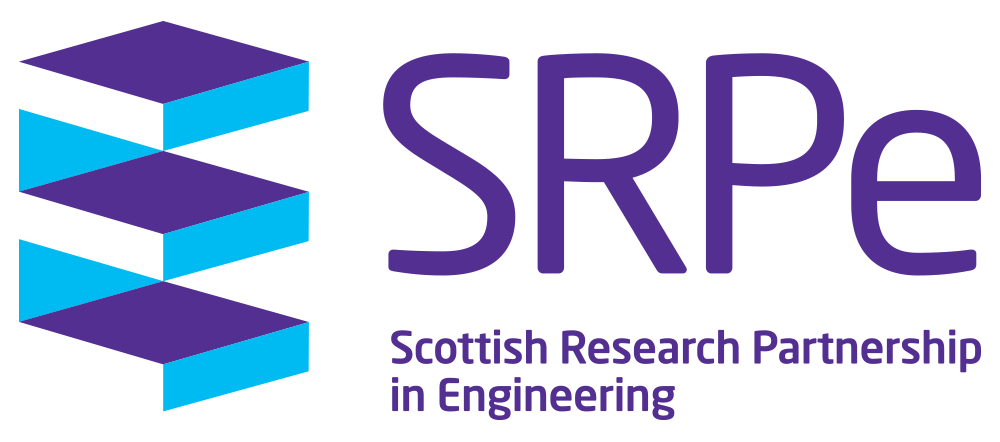Accelerating Quantitative Magnetic Resonance Imaging Acquisition and Reconstruction
PECRE Award Holder: Dr Mohammad Golbabaee, University of Edinburgh
Exchange Host: GE Healthcare, Germany
Magnetic Resonance Fingerprinting (MRF) has recently emerged to address the very long acquisition process of the Quantitative MRI imaging. MRF uses complicated excitation patterns to contrast tissues’ magnetic responses (fingerprints) and adopts Compressed Sampling tools to measure a tiny fraction of the hundreds Gigabytes of quantitative scans. MRF accelerates the acquisition process by orders of magnitude at the cost of introducing computational challenges for recovering true NMR characteristics from highly incomplete measurements.
In this project the PI pursues collaboration with GE Global Research’s team in Munich specialized in MRF systems to work towards the following objectives:
Optimization framework for shorter excitations: We propose to leverage on the specific structure of the MRF problem and to develop an efficient stochastic optimization algorithm for designing effectively shorter excitation patterns than the current ad-hoc heuristics, which leads to maximally discriminant fingerprints for different tissues.
Extensions to a multi-component MRF framework: Current methodologies are constrained to measure single tissue characteristics per pixel, whereas mixture models are more realistic in real-data applications. Based on the PI’s expertise on multispectral image factorization, we propose to extend the current MRF scheme to a multi-component quantitative imaging framework to address this shortcoming. This part includes collecting multiple new datasets at GE, and developing data-driven machine learning methodologies based on e.g., deep learning, in order to resolve complicated and possibly nonlinear mixtures models.
Publicly available numerical package: Current algorithms for MRF computational imaging are based on huge data-driven models with typical runtimes of several hours when facing laboratory data. Recently the PI addressed this shortcoming by using fast and scalable tree searches and reduced the computation time to within a few minutes. We propose to validate our methodology against real laboratory data available at GE, and for further impact, we plan to integrate our method and any upcoming algorithmic solutions during the visit in GE's open-source MRF toolbox.
